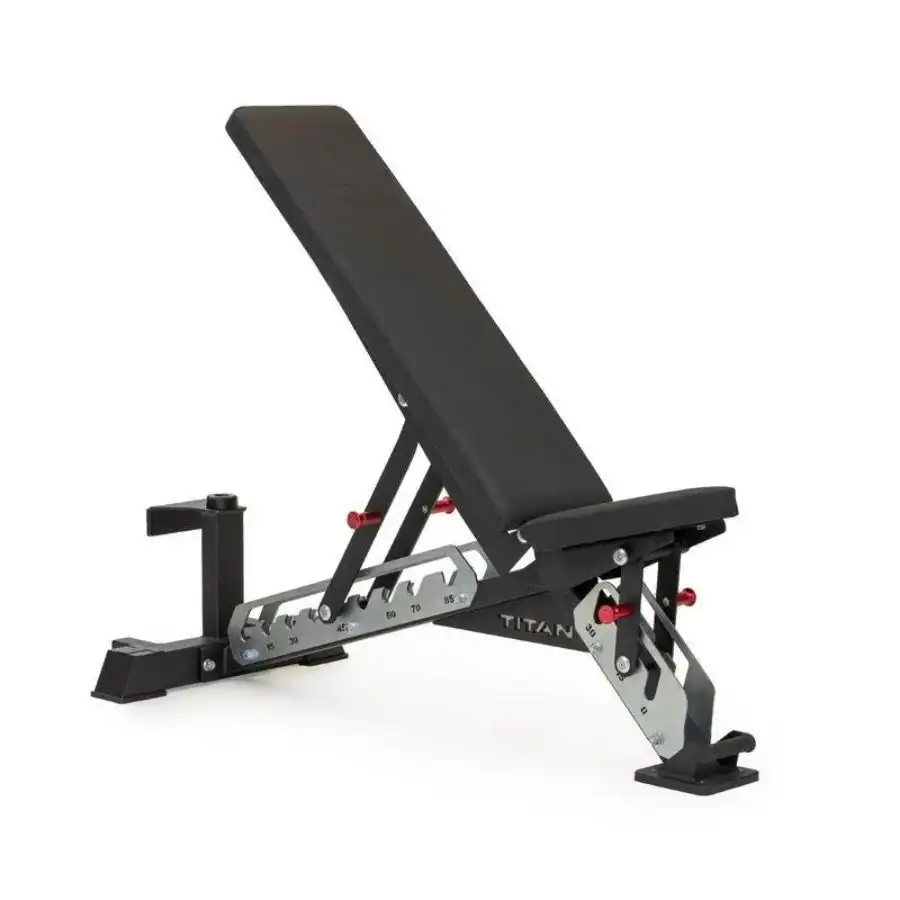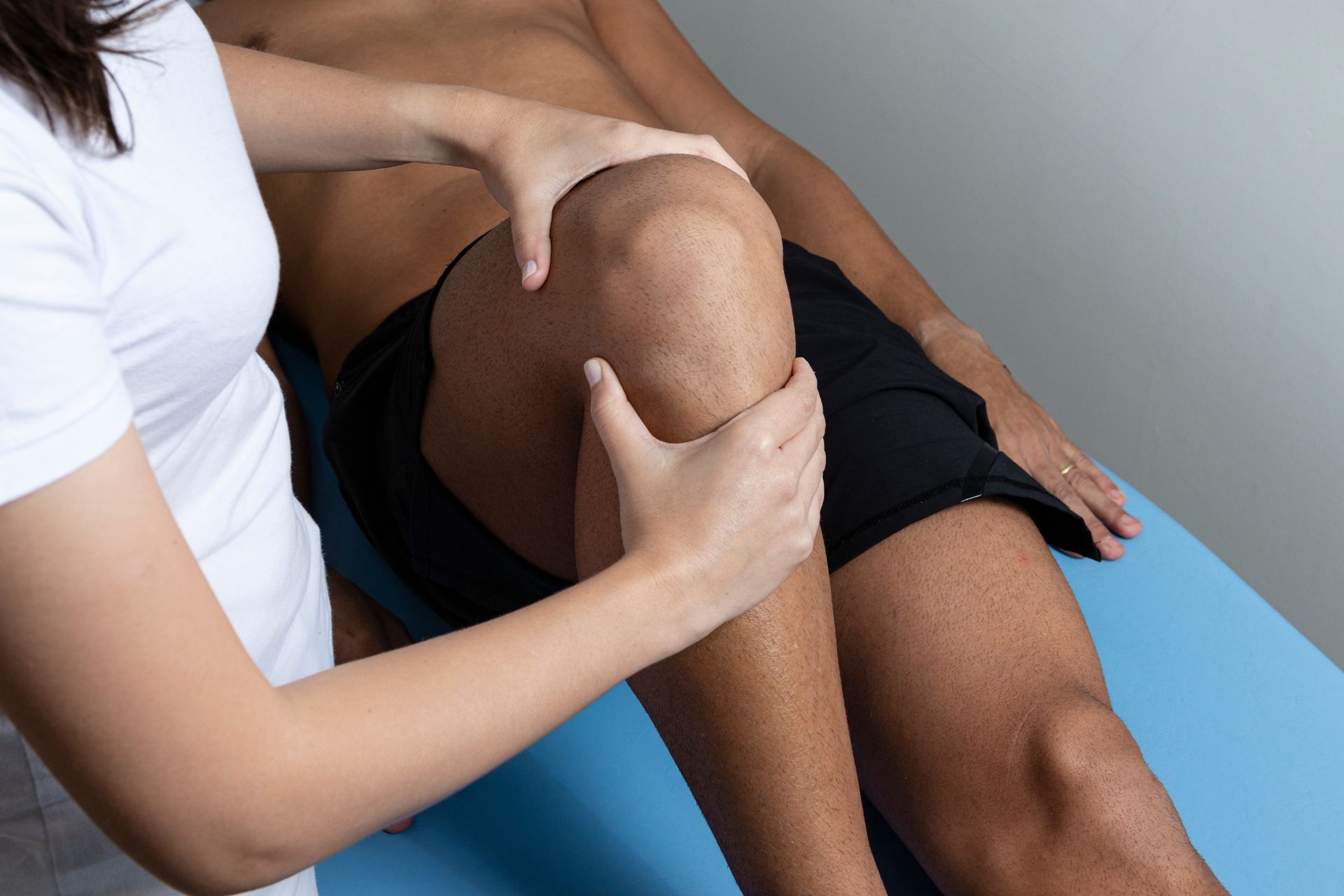Functional Movement Screening (FMS)
How does the Functional Movement Screening (FMS) assess movement patterns in individuals?
The Functional Movement Screening (FMS) assesses movement patterns in individuals by using a series of seven fundamental movement patterns to identify limitations or asymmetries. These movement patterns include deep squat, hurdle step, inline lunge, shoulder mobility, active straight leg raise, trunk stability push-up, and rotary stability. By evaluating how well an individual performs these movements, the FMS can provide valuable insights into their overall movement quality and potential risk for injury.
Strengthening Exercises In Physical Therapy








